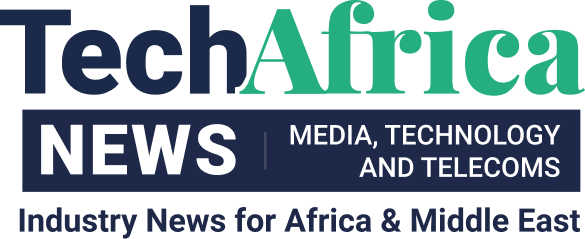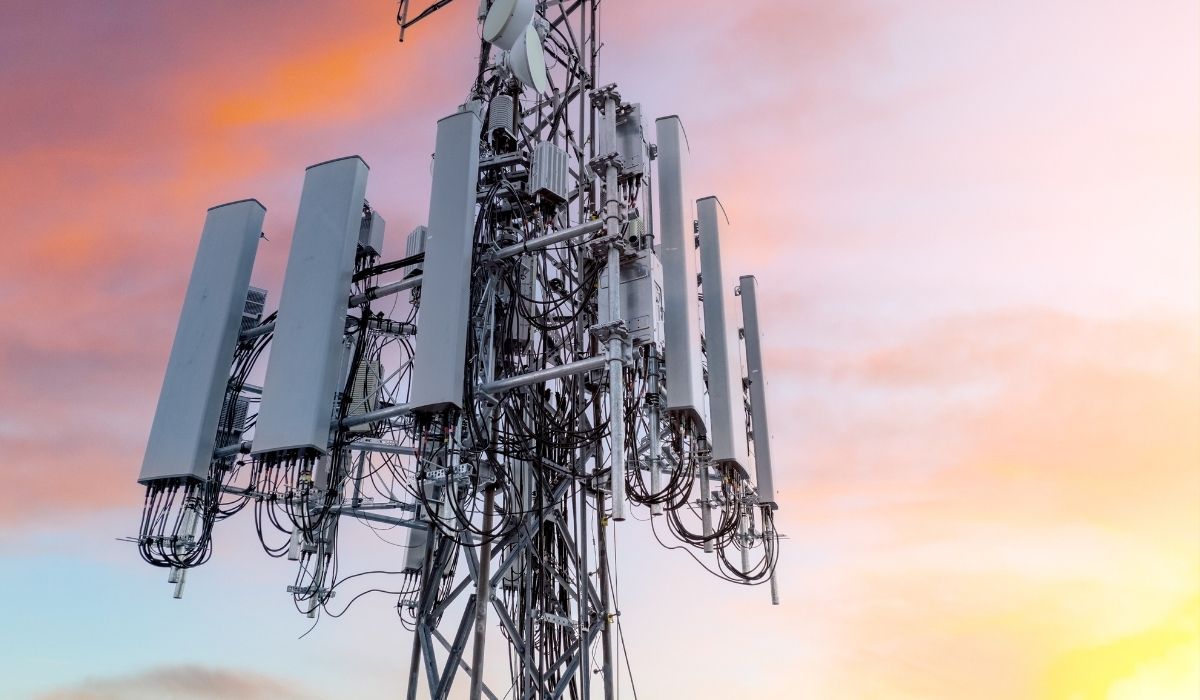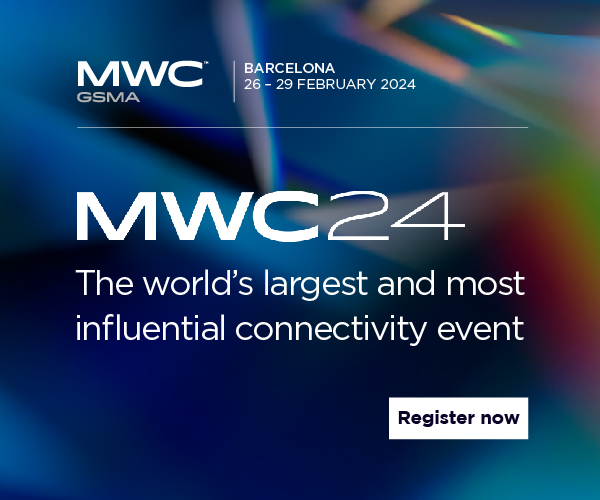Wandile Gumede, the Sales Manager of the Public Sector at SEACOM highlighted the importance of the expansion of 5G which helps mark a turning point for SA consumers and businesses.
The Independent Communications Authority of South Africa (ICASA) recently concluded a spectrum auction and opened the floodgates for mobile and Internet network operators to accelerate their expansion and adopt new technologies for service delivery. For many, the auction was also the starting gun for the expansion of 5G coverage, with companies announcing subsequent plans to build more infrastructure and increase the number of consumers and households who have access to high-speed connectivity.
However, high-speed connectivity is only as useful as its applications and the technology that it enables. Today’s conversations surrounding 5G have traditionally centred on its consumer-facing impact, like webpages loading a little faster or streaming at higher video qualities. 5G is holistic, meaning that it represents a dramatic shift in consumers’ ability to engage with the digital landscape, and for companies of all sizes to embrace digital transformation through various enterprise-oriented solutions. Although fibre comes out on top in terms of reliability, bandwidth, and total long-term cost, 5G is an important supplementary connectivity option that performs even better with fibre infrastructure to support it.
There’s a great deal to consider, but a good place to start is considering what 5G is good for, and how it impacts digital infrastructure.
State of the nation’s Internet
Having a conversation about South Africa’s 5G readiness has long been compromised by the fact that the country is still struggling with its 4G readiness. Practically speaking, the network rollout still has a long way to go. ICASA’s 2021 State of 5G in South Africa report found that there are constraints to current 4G infrastructure deployments, which in turn restrict the deployment of newer technologies. In addition, the network rollout that is already taking place remains skewed towards urban areas and less toward rural ones.
These are relevant factors, and ones that have been thrust into the spotlight following the COVID-19 pandemic. Current discussions surrounding work-from-home company policies, and more importantly, the impact of the digital divide between connected and unconnected users, demonstrate the necessity of South Africa progressing to a point of complete digital equity. The reliability of fibre and its long-term cost means it is critical for most medium and large businesses, but small businesses could benefit from 5G in areas without other options.
In line with this and in pursuit of closing the digital divide, the ICASA report also recommends fixed wireless access and satellite as the means to provide connectivity to areas that institutions and service providers have trouble reaching. These recommendations indicate an essential consensus: 5G expansion requires a multi-prong approach that incorporates various technologies that best match the demographic and economic patterns within South Africa, and it has the potential to serve as a last-mile solution for existing wired infrastructure.
The prospects of 5G
Working hard to close the digital divide, what are the areas that 5G is set to transform? According to research by PWC, 5G technology is estimated to add $1.3 trillion to global GDP, with its biggest economic potential lying in healthcare applications, smart utilities management, and consumer and media applications. What’s key to this impact is integration and a more strategic approach from industry leaders.
5G means faster internet for many, and indeed it brings several additional benefits such as quicker access to and less dependence on internal device memory. There are other advantages, such as low latency levels, increased numbers of connected devices, and the prospect of network slicing wherein enterprises can structure miniature networks to prioritise specific connections. However, its short range and inability to handle physical obstacles mean that enterprise leaders should view 5G as a supplementary or last-mile solution. Within that mindset lies the true value of the technology.
Wandile Gumede, Sales Manager – Public Sector, SEACOM
A tool to unlock digital transformation
Digitalisation begins with flexible architecture and a robust wired Internet connection, one that isn’t subject to a cap or carrier shaping, with the infrastructure incorporating 5G connectivity where necessary. The proliferation of 5G also arrives at a time when there is a concerted effort to lower the price of data. That, combined with systematic connection-speed upgrades, means that the simple proposal of connectivity is available to more businesses than ever before.
From a consumer standpoint, more connected enterprises translate into a greater integration of digital activity, and better product and service offerings. They can engage and communicate with businesses more easily and efficiently, while front-end development takes off with more smart use cases that are applicable across multiple sectors.
Increased bandwidth capacity makes it easier for businesses to benefit from digital technologies. Previously established limits are falling and it’s up to enterprises to consider the possibilities of expanded coverage and broadband capabilities for the benefit of both themselves and their customers.










